The Air, Water, and Soil We Share: How Rwanda Plans to Grow Without Harming Nature
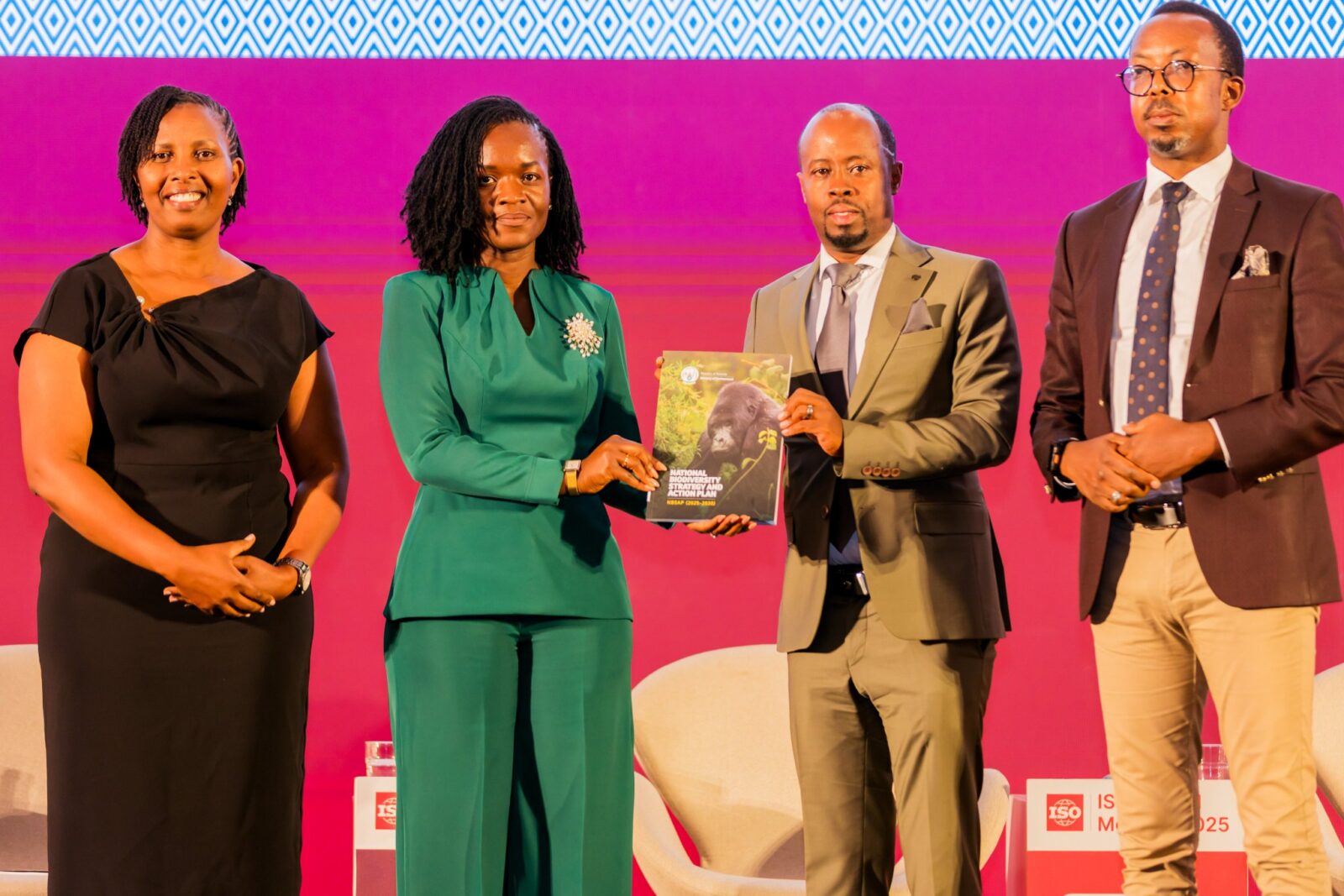
At the ISO Annual Meeting 2025 in Kigali, Rwanda took center stage by unveiling its National Biodiversity Strategy and Action Plan (2025–2030). But beyond the ceremony lies a deeper message: biodiversity is not some distant concern — it is interwoven with every day of Rwandans’ lives.
For many people, the air they breathe, the soil that nourishes crops, the streams that supply water — these are tangible expressions of biodiversity. Juliet Kabera, Director General of the Rwanda Environment Management Authority (REMA), underscored that reality: “The environment and biodiversity are not someone else’s problem — they belong to all of us.”

The new strategy makes it clear that Rwanda refuses to pit development against nature. Rather than isolating conservation as a side project, this plan integrates it into agriculture, tourism, industry, forestry, and the private sector. Kabera stated that the strategy is “a plan … involving agricultural activities, tourism, industries, reforestation … to carry out development but not harm biodiversity.”
Crucially, the government is committing to accountability. For the first time, it will track who is responsible for each action, where it takes place, what resources are used, and what gaps remain. Kabera explained that REMA will coordinate the collection of all these data, ensure roles aren’t duplicated, and make funds transparent. She warned that “even if [funds] arrive, we won’t know how much, what is still missing” without such coordination.
Dr. Bernadette Arakwiye, Minister of Environment, added her voice to the unveiling, declaring:
“The NBSAP 2025-2030 launched today marks a significant milestone in the country’s commitment to biodiversity conservation & sustainable development. We urge everyone to live in harmony with nature, integrate biodiversity conservation in our day to day activities.”

She also reminded the audience that this new plan builds on Rwanda’s 30-year journey in biodiversity conservation, and is aligned with Vision 2050, the Green Growth and Climate Resilience Strategy, and the National Strategy for Transformation (NST2). These links ensure that economic growth and ecological health move forward together — hand in hand.
By launching the strategy during ISO’s Annual Meeting — alongside the release of the new ISO biodiversity standard — Rwanda is making a symbolic statement: its national plan echoes global expectations of accountability, measurable impact, and sustainable development.
When a country treats its air, water, and soil not as abstract resources but as vital elements of everyday life, it signals a shift. Rwanda’s vision is not just to grow — but to grow without harming the very elements that sustain us all.
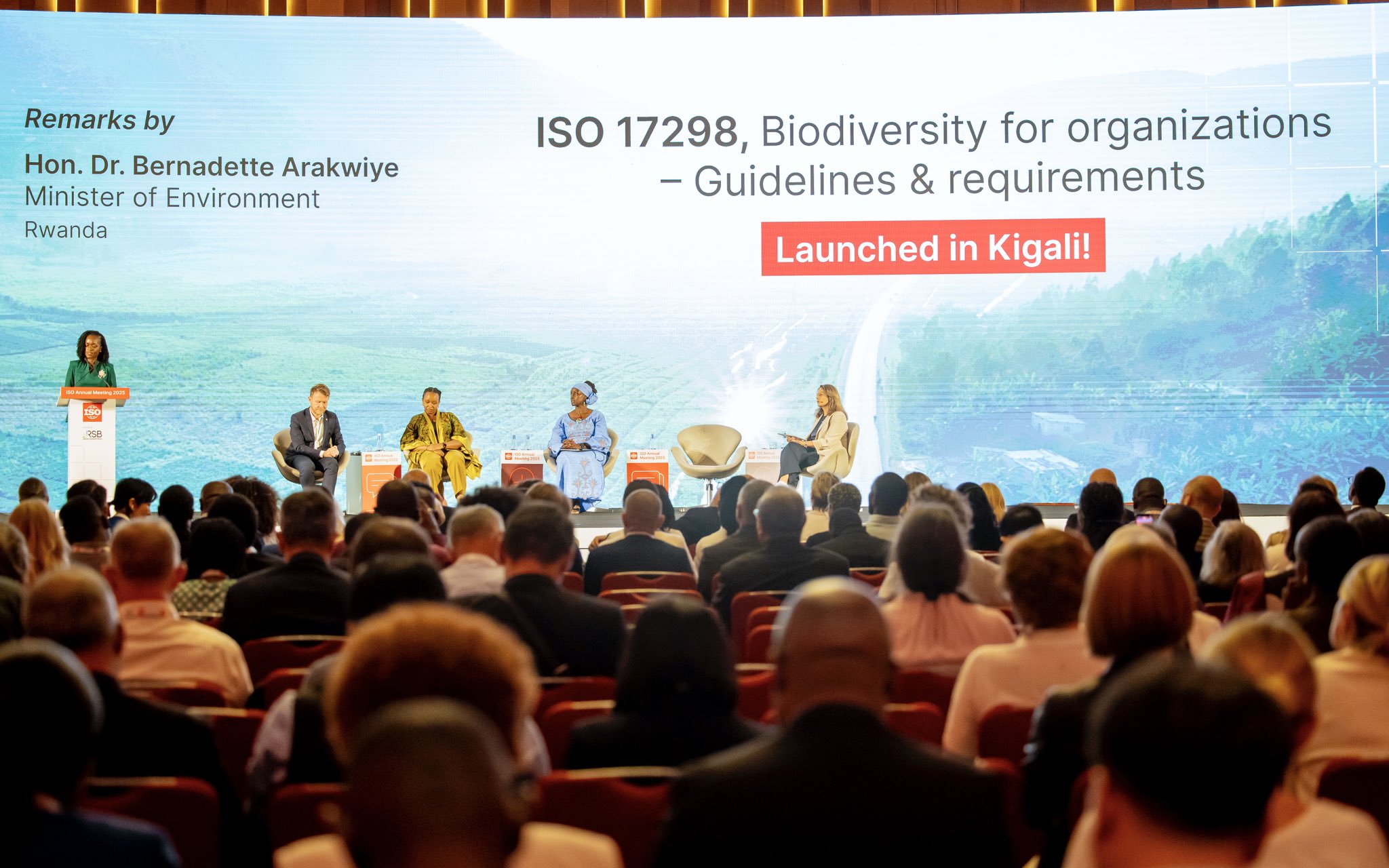
Trending Now
Hot Topics
Related Articles
Kivu Beach Festival Triggers Urgent Economic Development Push in Rutsiro
Preparations for the 2025 Kivu Beach Expo & Festival have become a...
COP30 Raised Ambition on Adaptation Finance Yet Africa’s 150 Billion Dollar Gap Tells a Different Story
COP30 in Belém was billed as the moment the world would finally...
Rwanda Launches Updated Climate Action Plan to Boost Resilience and Cut Emissions by 2035
Rwanda has unveiled a strengthened national climate strategy with the release of...
A Climate Crossroads: 2025 Set to Be the 2nd or 3rd Warmest Year on Record
As global leaders meet at COP30 in Belém, a new update from...


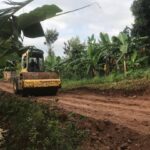
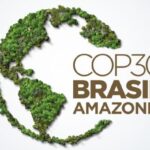
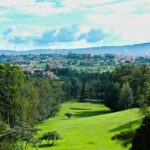
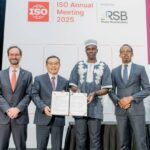
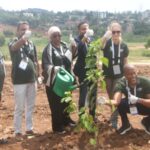


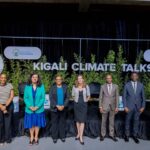
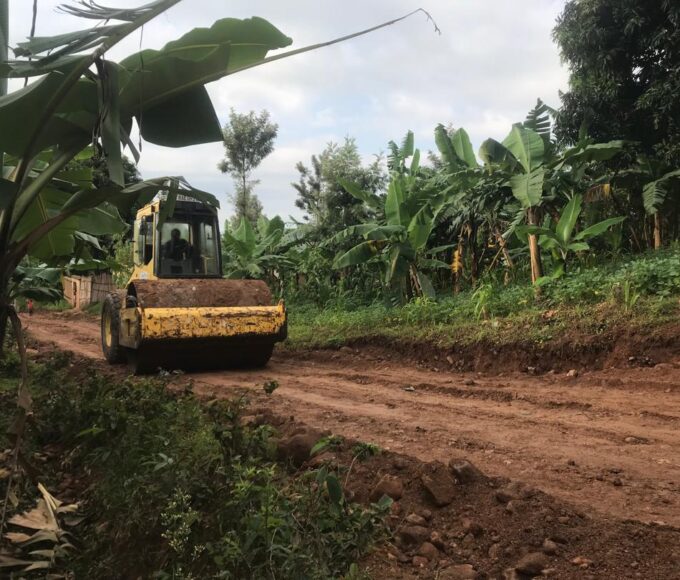
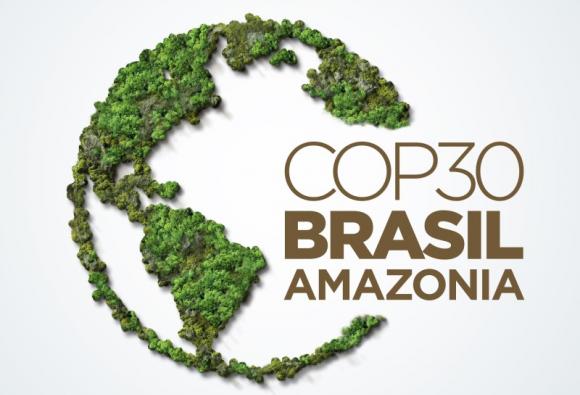
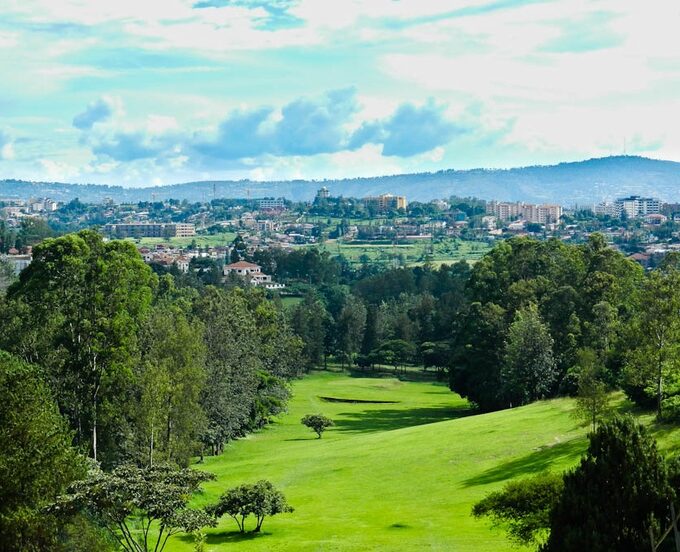
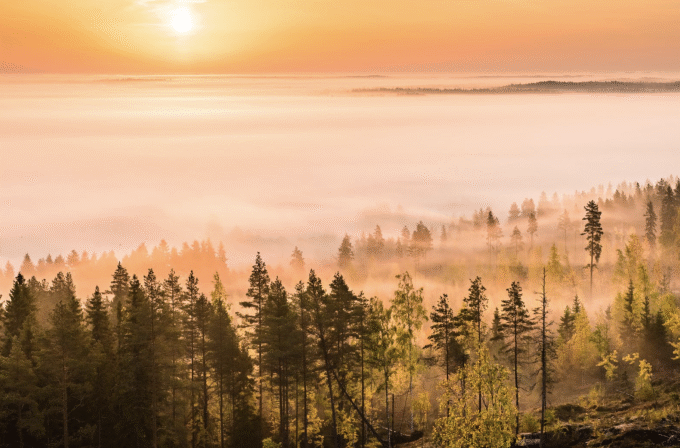
Leave a comment